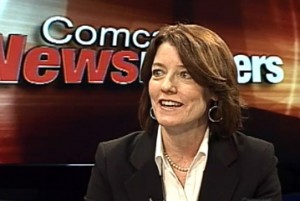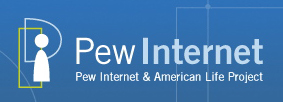 On Tuesday the Federal Communications Commission (FCC) is delivering their Broadband Plan to Congress. Most of us in the tech community are anticipating the plan and are eager to read it in its entirety when released.
On Tuesday the Federal Communications Commission (FCC) is delivering their Broadband Plan to Congress. Most of us in the tech community are anticipating the plan and are eager to read it in its entirety when released.
Within this plan, the FCC has the unenviable task of encapsulating the complexities of the markets, technologies, other country’s use of broadband as a competitive advantage, possible use-cases for broadband (e.g., telemedicine, distance learning), demand for rural use (a market segment seen as horrifically expensive to build-out with wired broadband) and determine the possibilities for broadband in total, whether wired or wireless. Ensuring the public good, and that the internet remains a conduit for innovation and entreprenurialism, is a vital part of their mission.
In conferences I’ve been to, discussions I’ve had with broadband experts, and interviews I’ve held with internet-centric startups and entrepreneurs, all are adamant that nothing is more important to internet innovation and entrepreneurialism than ubiquitous and fast broadband (except for startup funding, of course).
But moving from a Plan to Congressional action in the way of law is another matter entirely. … [Read More…]








